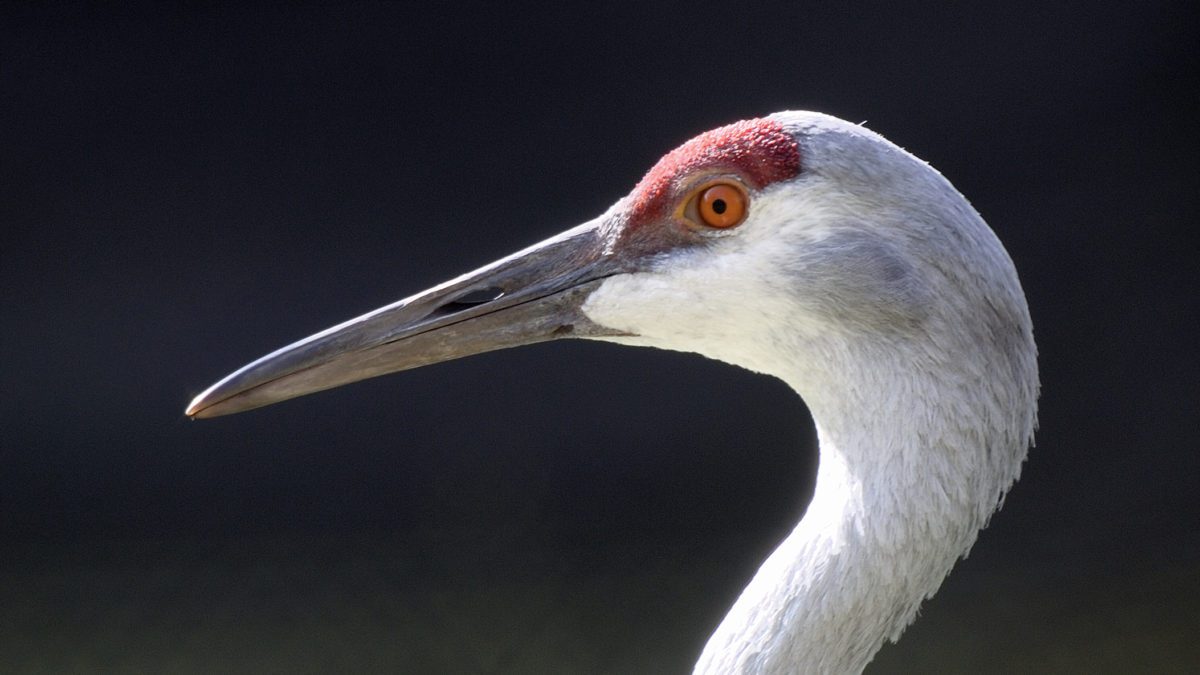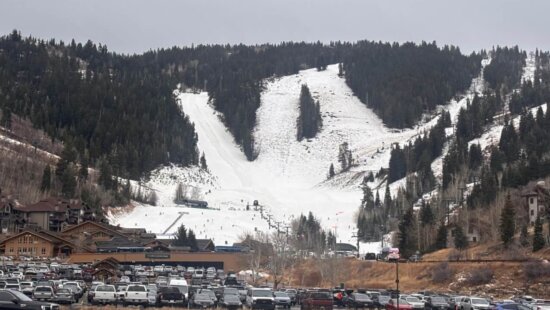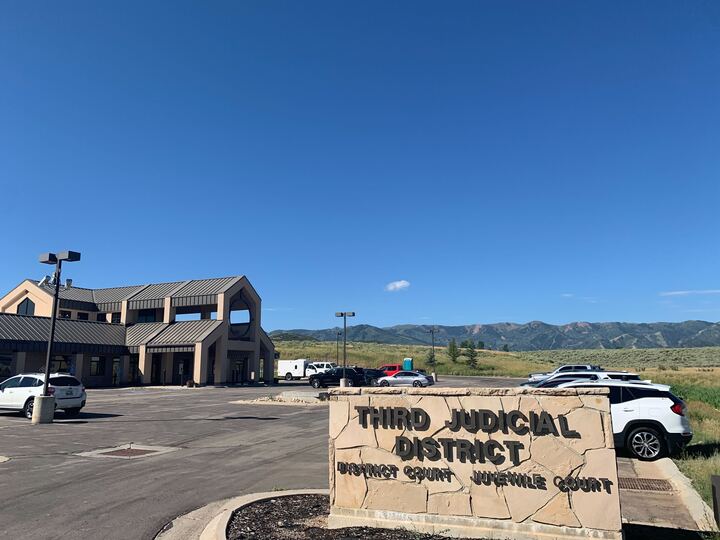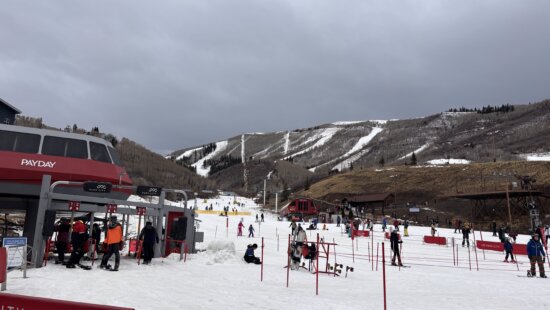News
Sandhill crane near Heber euthanized by DWR

Sandhill cranes are often seen throughout the Park City area during the summer. Photo: Brent Stettler, Utah Division of Wildlife Resources
WASATCH COUNTY, Utah — On Friday, August 27, a Utah Division of Wildlife Resources (DWR) conservation officer received a report of a sandhill crane causing damage to a vehicle at the River’s Edge Campground near Heber City.
Upon investigation, the officer found that it was his personal vehicle that had received the damage. The officer later learned that another resident’s vehicle had also been damaged by the bird within the past two weeks.
The manager at the campground confirmed that the bird has been causing damage to several vehicles and other camper property throughout the past few years.
The bird’s aggression had not been previously reported to DWR before the incident last week.
Despite the campground manager trying to scare away the bird over the years, it consistently returned and acted in a similar manner.
After contacting DWR and Utah State University (USU) veterinarians, officials learned the birds were acting abnormally and seemed to be exhibiting symptoms common with a neurological disease, such as West Nile Virus, or toxin ingestion.
It was recommended to DWR that the bird and its mate (a female sandhill crane that also frequented the area) be euthanized and a necropsy performed to evaluate their behavior.
According to Faith Jolley, DWR’s public information officer, DWR felt the bird’s behavior was a public safety concern.
Due to the potential for a conflict of interest, the DWR officer whose vehicle was damaged was not involved in the decision to euthanize the birds.
Upon the arrival of DWR biologists, the birds flew from the campground to nearby public land. The DWR personnel located the birds there, and the male bird was euthanized. The female bird flew away and couldn’t be located.
The male sandhill crane was delivered on August 30 to the USU lab for a necropsy and disease/toxin testing. DWR has not received the results of the tests yet.
“We understand that this has been a difficult experience for many of the wildlife enthusiasts in this area. Our job is to manage wildlife but also to keep the public safe,” said Jolley.
“The DWR followed its euthanization policy in this incident to help eliminate damage and to prevent any potential public health threats from the sandhill cranes. Despite these cranes potentially being habituated to being around people in this campground area, they are still wild animals and can be dangerous if they lose that fear of people.
“Some of the online information suggests that our conservation officer is under investigation, but that is not accurate. Our officer followed protocol as well as our euthanization policies regarding how to deal with wildlife that may be a public safety concern.”



















